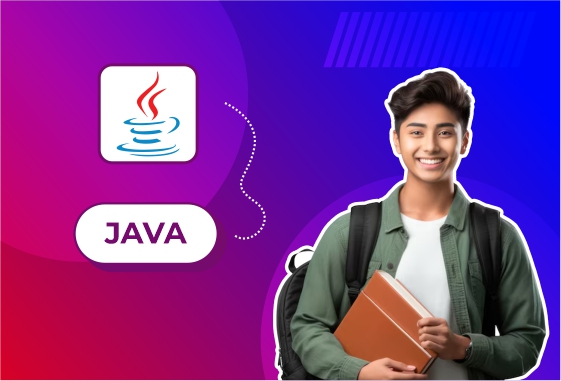
Multiplayer Tic-Tac-Toe
Project Title: Multiplayer Tic-Tac-Toe Game (Java Version)
Overview:
The Multiplayer Tic-Tac-Toe game is a two-player version of the classic 3x3 grid game, where each player takes turns marking X or O on the grid. The first player to align three of their symbols in a row, column, or diagonal wins the game. In the multiplayer version, players can either play on the same device (local multiplayer) or over a network (online multiplayer using sockets).
Core Gameplay Features:
- 2-Player Support: Two users can play either on the same machine (local) or on different machines via network connection.
- Turn-Based Play: Alternates between Player X and Player O each turn.
- Win/Draw Detection: The game checks after each move for a win or draw condition.
- Graphical Interface: A simple GUI using buttons or grid layout to represent the board.
- Restart Option: Ability to restart the game after each match.
Technologies Commonly Used:
- Java with:
- Swing or JavaFX (for GUI)
- Java Sockets (ServerSocket and Socket) – for online multiplayer
- Multithreading – to handle real-time communication in networked play
How It Works:
Local Multiplayer Version:
- Game starts with an empty 3x3 board.
- Player 1 clicks a cell to place 'X', then Player 2 places 'O'.
- The board updates with each move, and win/draw is checked after every turn.
- The game declares a winner or a draw, then offers a replay option.
Online Multiplayer Version:
- One player acts as the server, the other connects as a client using IP and port.
- Moves are sent across the network using input/output streams.
- Both boards are synchronized in real-time, showing the same state.
- Turn control and validation are handled to avoid simultaneous moves.
Learning Objectives:
- Implementing turn-based logic and state management
- Creating a GUI for interactive board games
- Working with Java networking (sockets) to build multiplayer functionality
- Handling real-time input/output and ensuring synchronization between players
- Practicing OOP design with classes for Board, Player, and Game Logic
Game Logic Breakdown:
- Board Class: Maintains the 3x3 grid and checks for game end conditions
- Player Class: Represents player info and symbols
- Game Class: Controls the game flow, turn switching, and game status
- Networking (optional): Handles server-client connection, message passing, and syncing moves





